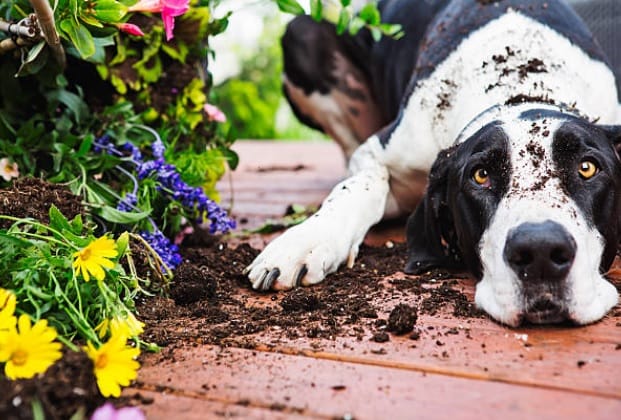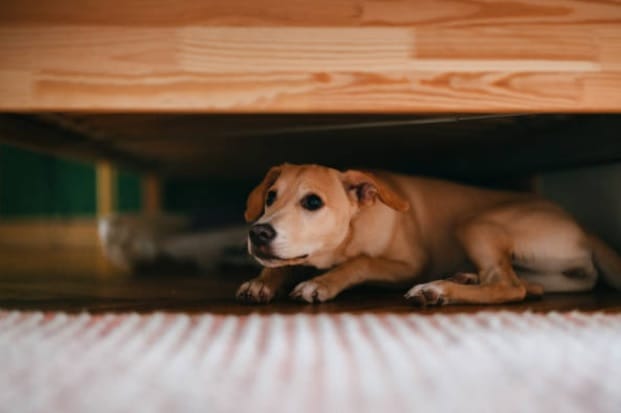How to Solve Separation Anxiety in Pets

How to Solve Separation Anxiety in Pets. A Complete Guide for Pet Owners. If you’ve ever walked out the door only to hear your dog barking like it’s the end of the world, or you’ve come home to shredded cushions courtesy of your cat, you’re not alone. Separation anxiety in pets is a real challenge, but the good news? You can absolutely help your furry friend feel more secure and calm when you’re not around.
I’ve put together this guide to help you understand why your pet might be feeling this way and—most importantly—what you can do to ease their anxiety.
What Causes Separation Anxiety in Pets?
First things first: let’s talk about why this happens. Pets, just like us, thrive on routine and a sense of security. When something disrupts that, like a new job that has you out of the house more, a recent move, or even the addition of a new family member, your pet might feel uneasy.
For some pets, anxiety can also stem from past experiences. Rescue animals, for example, may have a history of abandonment that makes them extra clingy. It’s important to remember that separation anxiety isn’t your pet being “bad”—it’s their way of saying, “Hey, I’m scared and need reassurance.”
Recognizing the Signs of Separation Anxiety
So how do you know if your pet is struggling with separation anxiety? Here are some common signs:
- Barking, whining, or howling: Your pet might vocalize excessively as soon as you leave.
- Destructive behavior: Chewed-up furniture, scratched doors, or even accidents in the house are big red flags.
- Refusing to eat or drink: Some pets get so stressed they can’t even enjoy their favorite treat.
- Pacing or drooling: If your pet seems restless or overly slobbery when you’re gone, it could be anxiety.
If you’ve noticed any of these behaviors, it’s time to take action.
 How to Help Your Anxious Pet Feel Better
How to Help Your Anxious Pet Feel Better
Dealing with separation anxiety isn’t about quick fixes—it’s about creating an environment where your pet feels safe and secure. Here are some tried-and-true methods to help your furry friend:
1. Create a Safe and Comfortable Environment
Designate a cozy space for your pet to hang out while you’re away. This could be a specific room or a comfy corner with their bed, favorite toys, and maybe even a worn t-shirt that smells like you.
2. Practice Gradual Desensitization
Start by leaving your pet alone for just a few minutes, then gradually extend the time. The key here is to show them that you’ll always come back. Keep departures and arrivals low-key—no tearful goodbyes or overly enthusiastic hellos.
3. Establish a Routine
Pets love predictability. Try to feed, walk, and play with them at the same times every day. A consistent schedule can help them feel more secure.
4. Keep Them Busy
Interactive toys, like treat-dispensing puzzles, are a lifesaver. They keep your pet’s mind engaged and distracted from your absence. You could also leave the radio or TV on for some background noise—it works wonders for some pets!
5. Burn Off Extra Energy
A tired pet is a happy pet. Make sure your furry friend gets plenty of exercise before you leave. A long walk, a game of fetch, or even some indoor playtime can help reduce anxiety.
6. Try Calming Aids
Calming pheromone sprays, anxiety wraps, or soothing music can create a relaxed atmosphere for your pet. These tools aren’t magic, but they can definitely help!
 Training Techniques to Build Confidence
Training Techniques to Build Confidence
Training is a fantastic way to help your pet become more independent and less anxious. Here are a couple of methods to try:
- Independence Training: Encourage your pet to spend time in a separate room while you’re home. Gradually increase the time they spend alone so they get used to it.
- Counterconditioning: Pair your departures with something positive, like a special treat they only get when you leave. Over time, they’ll associate your leaving with good things.
When to Seek Professional Help
Sometimes, no matter how much effort you put in, your pet’s anxiety might be too severe for at-home solutions. That’s okay! A veterinarian or a certified animal behaviorist can offer additional support, whether it’s behavior modification techniques or, in extreme cases, medication.
Preventing Separation Anxiety in the Future
If you’ve just adopted a new pet or have a young pup or kitten, now’s the perfect time to start building their confidence. Socialize them with different people and environments, and teach them that being alone isn’t scary.
FAQs: Your Separation Anxiety Questions Answered
Q: Can my pet outgrow separation anxiety?
A: While some pets do improve with time, most need a combination of training, routine, and reassurance to truly feel better.
Q: How long does it take to see results?
A: It depends on your pet and the severity of their anxiety. Some pets improve in weeks, while others take months. The key is consistency!
Q: Is medication safe for pets with anxiety?
A: In severe cases, medication prescribed by a vet can help. It’s usually paired with training for the best results.
Conclusion: Helping Your Pet Thrive
Helping a pet with separation anxiety takes patience, love, and consistency, but the rewards are absolutely worth it. Watching your furry friend become more confident and relaxed is one of the most satisfying feelings in the world.
Remember, you’re not alone in this journey, and there’s no shame in reaching out for professional help if you need it. With a little effort, you and your pet can tackle separation anxiety together—and come out stronger on the other side.
How to Choose the Right Pet Bed Size









